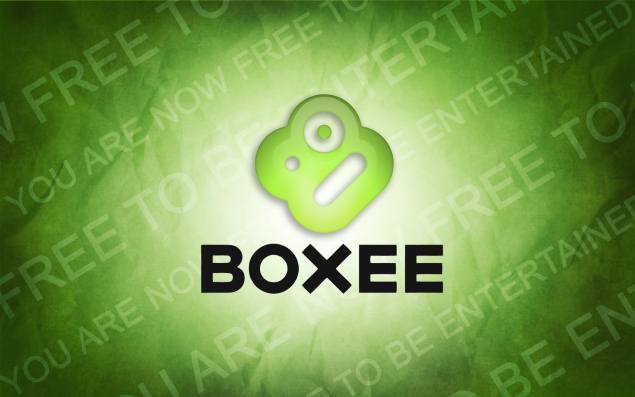

Starting from the home screen, Boxee breaks content down into four groups: “Shows,” “Movies,” “Apps,” and “Files.” The first two are curated lists culling content from all of Boxee’s pre-sorted web sources.Īpps is the main library of content source channels - at least, “channels” is what they would be called in any other context. The main improvement in the new release is navigation. The Boxee Box uses a newer revision of the Boxee application than is available on Linux (at the moment, version 1.3, as compared to version 0.2). Comparatively, the feature-less Apple remote forces you to type by scrolling through an on-screen keyboard, while something like the Logitech Revue is so clunky it’d might as well have wires. The “back” hides a small but complete keyboard, although you can also use the navigation arrows on the back side like a direction pad. The “front” is held vertically and operated like a remote (assuming you don’t pick it up backward, since it is symmetric). Speaking of remotes, the remote control is easily the best blend you’re going to find of an HTPC’s competing needs, the directional navigation pad and QWERTY keyboard. Users report that they can supply enough voltage to run one external hard disk, but not two, so if you need a second one, make sure it has external power. Optical drives are not supported yet, although there is a feature request for them. You can hook a variety of devices up to the USB ports, including external storage devices and IR remote receivers. Connection-wise, it has HDMI (1080p-capable) and analog video out, digital and stereo audio out, a 10/100 (not gigabit) Ethernet port, an SD card slot, and two full-size USB ports. It’s certainly weird (a “cubic section” may be the proper term for it…), but it ultimately doesn’t matter, since the box’s remote control is RF instead of infrared, so it does not need line-of-sight.

If nothing else, you’ve probably heard a lot about its design, which looks like an alien black cube melting halfway through the surface of whatever it’s sitting on.

The hardware set-top box is called the Boxee Box, and is manufactured by D-Link.

#Boxee box hacked Pc#
The Linux version is capable of running on a home theater PC (HTPC) in addition to as a desktop app: it can output digital audio (even passing through DTS and AC3 signals to a receiver), adjust video overscan, and be controlled with a LIRC-compliant remote instead of a mouse.
#Boxee box hacked mac os#
The company makes builds available for Linux (32 and 64 bit), Mac OS X, Windows, and the Apple TV (which runs a variant of Apple’s iOS platform). I’m hopeful it will succeed, not simply because the Boxee Box is slick hardware with an even slicker remote, but because it raises the bar considerably for open source entertainment devices.įor those unfamiliar, Boxee is a derivative of the XBMC media center - streamlined, with a customized user interface, connected to a “social network” base of other Boxee users, and pre-loaded with scores of Web content feeds. So when media-center maker Boxee announced last year that it was adding a Linux-based set-top hardware device to what used to be a software-only product, it took on a decidedly tougher market. Everywhere you look these days, there is a new device for sale designed to get music, movies, and entertainment to your TV without the hassle of old-fashioned delivery systems like cable or satellite.


 0 kommentar(er)
0 kommentar(er)
